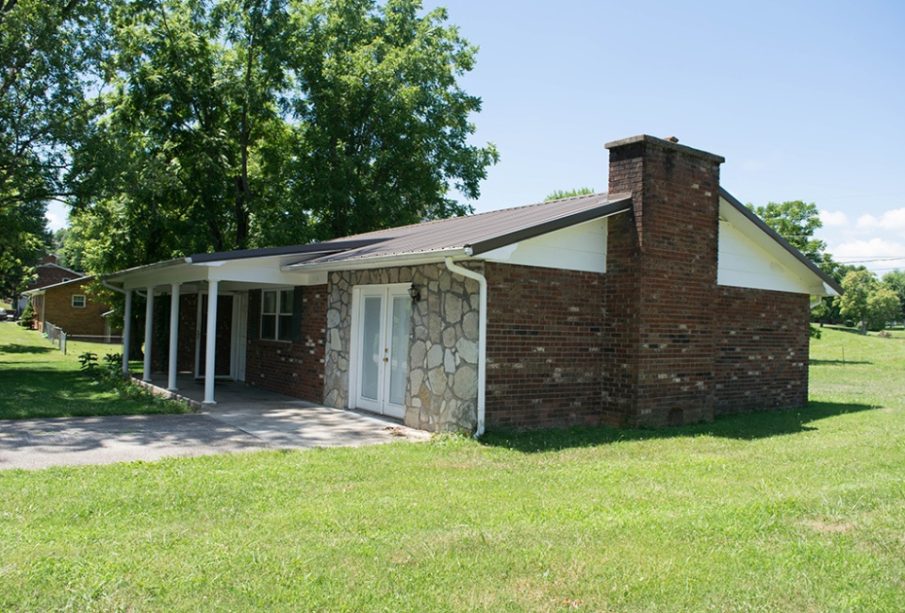Discovering Harrogate: The Jewel of North Yorkshire

Introduction
Harrogate, a charming town nestled in North Yorkshire, is famed for its historical significance as a premier spa destination. This town has long attracted visitors seeking wellness and relaxation, and its appeal continues to flourish today. With its stunning architecture, picturesque gardens, and vibrant cultural scene, Harrogate is not only an essential destination for tourists but also a delightful home for its residents. Understanding Harrogate’s blend of heritage and modernity is crucial for both local communities and visitors alike as it enhances appreciation for its rich offerings.
Historical Significance
Harrogate rose to prominence in the 18th century due to its sulphur-rich waters, leading to the establishment of numerous spas and hotels. The Royal Pump Room, built in 1842, is a remarkable testament to the town’s bathing history and remains a popular attraction. Moreover, Harrogate was bestowed the title of a spa town in 1979 due to its unique healing waters, further solidifying its importance in health tourism.
Modern Attractions and Events
Today, Harrogate boasts an array of attractions that cater to both tourists and residents. The famous Valley Gardens, with their beautifully landscaped gardens, attract thousands every year. Additionally, Harrogate hosts various events throughout the year, such as the Harrogate Flower Show, which showcases breathtaking floral displays and gardening expertise. The Turkish Baths, a stunning example of Victorian architecture, also remains popular for relaxation seekers, continuing the town’s long-lasting association with wellness.
Economic and Community Impact
Harrogate is not only historically significant but also plays a vital role in the economy of North Yorkshire. The town has a bustling retail sector with a mix of independent shops and high street brands. Furthermore, its hospitality services significantly contribute to the local economy, driven by a consistently high influx of tourists. Community events, such as local markets and festivals, foster a sense of togetherness and enhance Harrogate’s appeal as a vibrant place to live and work.
Conclusion
As Harrogate continues to grow and evolve, it remains a significant destination for both health and leisure tourism. Its historical roots combined with modern attractions create a unique blend that resonates with visitors and locals alike. Observers forecast that Harrogate will continue to thrive as a key player in the tourism sector, significantly contributing to the broader North Yorkshire economy in the years to come. Understanding its historical context and current offerings not only enriches the experience of visitors but also fosters community pride among residents.









